The upstream oil and gas industry is a major part of global energy supplying the oil and gas essential to meet the world’s growing energy needs. Despite renewable energy receiving more attention, fossil fuels still dominate world markets; they form upwards of 80% of the global energy mix. The International Energy Agency (IEA) estimates that in 2022, global oil demand was about 99.4 million barrels per day (mbpd) and is projected to rise to around 102 mbpd by 2024. Also natural gas continues expanding in consumption as it emits less carbon dioxide compared with coal or oil and serves as a bridge between two types of fuels before cleaner sources become dominant. To balance energy security with environmental sustainability, this industry needs to keep producing while minimizing its ecological footprint. This blog post will examine some of the key activities and different organizations that are found within the upstream segment as well as its changing nature concerning economic, environmental, and technological factors that shape it into the future.
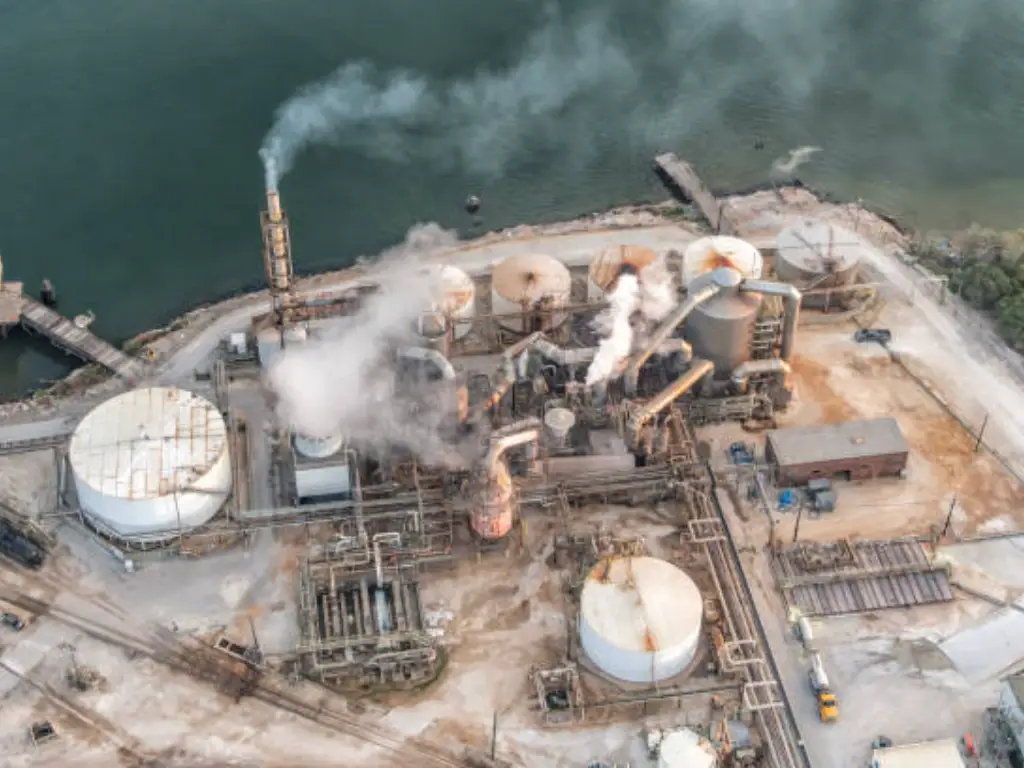
What is Upstream Oil and Gas Production?
The upstream sector of the oil and gas industry is the first stage of the business, which involves finding and pumping crude oil and natural gas from the ground. This process starts with the selection of possible drilling locations through the application of geological and geophysical studies. After a suitable location is identified, drilling activities are carried out to reach the deposits and begin the production of crude oil. The main purpose of upstream production is to extract these materials from the earth’s surface and make them available for processing and refining in the downstream sector. Being the core of the whole petroleum industry, the production of crude oil is crucial for providing the necessary amount of energy to meet the world’s demands.
Key Activities in Upstream Oil and Gas
The upstream sector of the oil and natural gas industry comprises several critical stages, which are aimed at exploring and producing hydrocarbons. Exploration, drilling, and production are the three phases of the oil and gas industry, and each phase is dependent on the other and must be well-coordinated to achieve the best results in gas extraction and avoid accidents.
Exploration Phase
Exploration is the first critical step in upstream oil and gas production, which involves exploring oil and natural gas deposits under the ground. Geophysical surveys which involve creating detailed images of subsurface structures are majorly done through seismic surveys, where sound waves are transmitted into the earth. Geological surveys, on the other hand, look at rock formations. These techniques help to identify where oil or natural gas resources may be located.
To enhance exploration accuracy, companies use advanced instruments including magnetometers and gravimeters that can identify changes in a variety of fields like the magnetic field and gravity, indicating the likely presence of hydrocarbons. For instance, drilling wildcat wells also known as exploration wells validate whether there is the presence of oil or natural gas by providing direct data from below the surface.
Drilling dry wells can be expensive, therefore it is important to appropriately address the risks and costs of exploration. This is possible through satellite imaging and remote sensing which are among the advanced technologies used in gathering data effectively thus reducing the need for extensive field operations and minimizing environmental impact. Artificial intelligence and high-resolution 3D imaging also aid in improving the accuracy of exploration endeavors thereby easing the identification of oil and gas deposits.
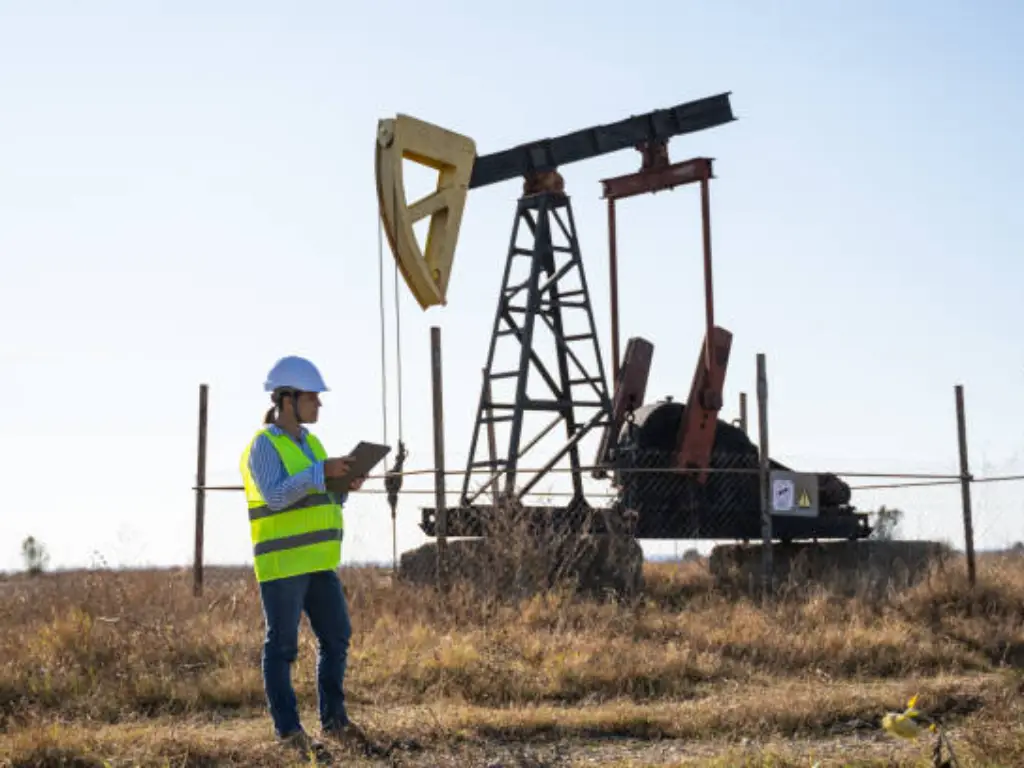
Drilling Phase
Once potential sites have been identified, the drilling phase commences, which is mainly focused on accessing and extracting oil and natural gas from specific reservoirs. This stage encompasses some important steps in conjunction with various drilling methods to ensure effective resource mining.
- Setting up the Drilling Rig: Selecting the right location and installing drilling equipment. Onshore drilling requires land-based rigs, while offshore drilling uses specialized offshore platforms that can deal with marine environmental challenges.
- Circulating Drilling Fluid: The drilling fluid system is significant throughout the whole process of drilling. Also known as mud, this substance keeps the drill bit cool by removing rock cuttings from it and stops wellbore collapse. Valves are essential in controlling the flow rate and pressure of the fluid to maintain the stability of wellbores and guarantee safety.
- Drilling the Well: Drilling methods are chosen based on the nature and location of the reservoir:
- Onshore Drilling: Utilizes land-based rigs to drill into the ground. Onshore drilling is typically simpler and less expensive, making it suitable for shallow reservoirs, especially those near existing infrastructure.
- Offshore Drilling: Conducted in water bodies to access oil and gas beneath the seabed. Offshore drilling is complex and costly, requiring specialized platforms to manage deep waters, strong currents, and potential storms. It is essential for tapping into large reserves not accessible from land.
- Horizontal Drilling: This involves drilling vertically to a certain depth and then turning horizontally to follow the reservoir’s layer. This method increases contact with the reservoir, enhancing recovery rates.
- Hydraulic Fracturing: Often used alongside horizontal drilling, this technique involves injecting high-pressure fluid to create fractures in rock formations, allowing oil and gas to flow more freely to the wellbore. This is highly effective in extracting hydrocarbons from tight formations like shale.
- Casing and Cementing: Once the target depth has been reached steel casing is installed while cement is used to hold it in place to isolate the wellbore from other geological formations and prevent penetration of fluids outside the casing. The safety of the well relies on valves during this process of cement flow.
In all these steps, valves are used to regulate pressure and to ensure that blowouts do not occur. Blowout preventers (BOPs) are critical safety equipment in drilling operations that can shut the wellbore in case of pressure fluctuations and thereby prevent blowouts.
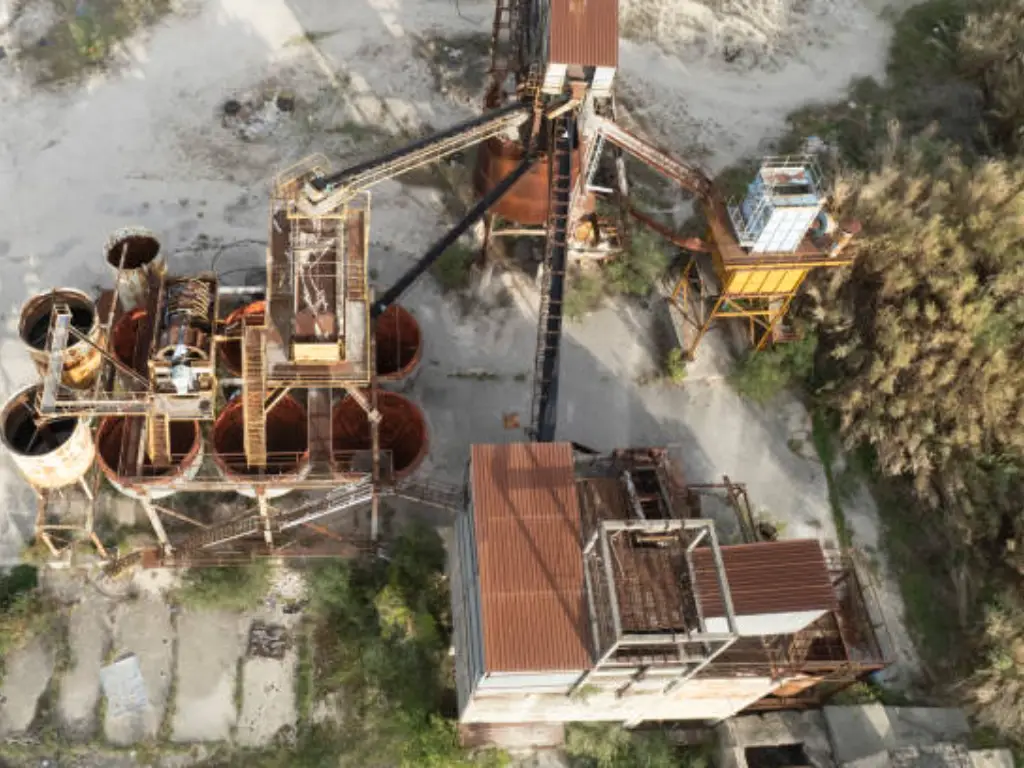
Production Phase
The oil field extraction phase is a very important process in any upstream operations involving well drilling, production, processing, and storing crude oil and natural gas. If not properly managed, they will have negative effects on the economic viability and sustainability of oil and gas projects.
There are three main methods used during production to recover oil and gas, they include primary recovery, secondary recovery, and enhanced oil recovery (EOR). Primary Recovery depends on the natural pressure in the reservoir to push the oil and gas out. High reservoir pressure is favorable for this process. However, as a result of continued extraction pressure in the reservoir decreases which makes this method less effective. At this point, there come secondary recovery techniques. These processes involve injecting water or gas into the well to support pressure maintenance and increase oil flow to the wellbore. Enhanced oil recovery (EOR) involves more advanced methods such as CO2 injection or steam flooding that increase the amount of hydrocarbons that can be produced. These approaches transform the physical properties of reservoir fluids by reducing crude’s viscosity and improving its flow characteristics thus maximizing recovery rates.
Valves are used in the oil production process to regulate the movement of oil and gas from the wellhead through separators, storage tanks, and pipelines. They control pressure, and ensure that oil and gas flow at desired rates and directions; additionally, they prevent leakage as well as spillage. By utilizing such automated monitoring systems, smart valves can vary their operations in real-time, thus maximizing production efficiency while improving safety.
The continuous functioning of production facilities depends on operations and maintenance. These include wells, wellheads, separators, storage tanks, and pipeline systems that must be inspected regularly. The use of corrosion-resistant materials and improved sealing techniques extends equipment life thereby reducing long-term maintenance expenses.
Differences Between Upstream, Midstream, and Downstream Operations
The oil industry is composed of upstream, midstream, and downstream sectors with specific roles played by each set. Insight into how the entire sector operates can be obtained from an understanding of such differences.
| Sector | Primary Role | Key Activities | Infraestructura |
| Aguas arriba | Exploration and Production | Exploration, drilling, and extraction of crude oil and natural gas | Oil and gas wells, drilling rigs, seismic equipment |
| Midstream | Transportation and Storage | Transportation of crude oil and natural gas, storage | Pipelines, rail tank cars, tank trucks, storage terminals |
| Aguas abajo | Refining and Distribution | Refining crude oil, distributing petroleum products | Refineries, distribution networks, retail outlets |
Upstream operations are the starting point of the oil and gas supply chain, determining the availability and flow of resources for midstream and downstream activities. The effectiveness of upstream exploration, drilling, and production directly impacts the efficiency of midstream transportation and storage. A reliable upstream output ensures that midstream operations can transport crude oil and natural gas smoothly, without bottlenecks. This, in turn, supports the downstream sector by providing a continuous supply of raw materials needed for refining and distribution, ensuring that consumer demands are met and market stability is maintained.
Safety Considerations in Upstream Oil and Gas
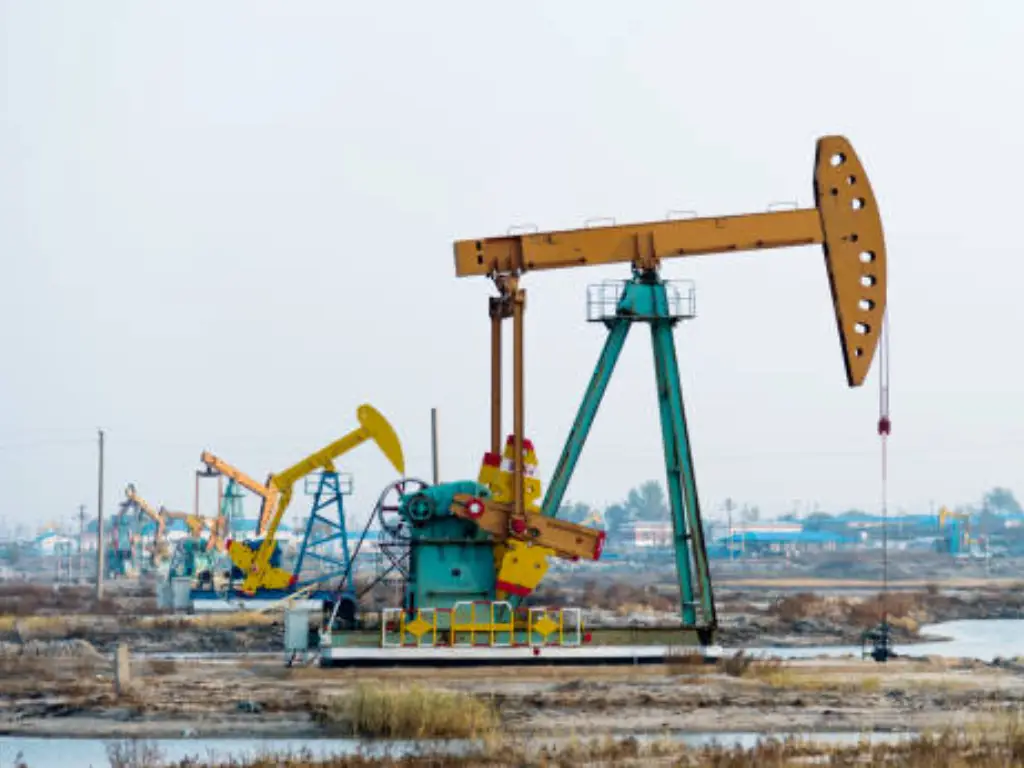
The upstream oil and gas sector features activities that involve inherent risks such as high-pressure drilling environments; blowouts, equipment failures, and dangerous chemical exposure. For offshore operations, additional difficulties come from harsh marine environments like deep waters, strong currents, and severe weather events for example hurricanes. Onshore operations on the other hand have to contend with threats of well blowouts, fires, and leaks which have the potential to cause harm to the environment as well as endangering workers.
In attempts to deal with these risks, organizations have introduced various safety measures. Regular monitoring and maintenance of equipment can identify issues before they lead to accidents. Blowout preventers (BOPs), are sophisticated tools designed to keep well pressure under control particularly in difficult deepwater drilling situations therefore minimizing the probability of uncontrolled release of oil or gas.
Training programs for employees help them acquire necessary skills when it comes to managing emergencies thus enabling them to handle incidents like fire outbreaks or chemical spills. Additionally, real-time monitoring systems enable continuous oversight while alerting operators about any abnormal occurrences in terms of data that may indicate potential hazards.
Taking into account the survival of both human beings and property, strong infrastructure such as hurricane-resistant equipment and reinforced platforms are employed in high-risk settings. For instance, well-developed emergency response plans are needed to prevent further damage or death during incidents like oil spillages or blowouts.
Global Trends and Market Dynamics
Types of Upstream Oil and Gas Companies
Generally, large companies in the upstream oil and gas industry are classified into three main categories: Independent Exploration and Production Companies, Integrated Oil Companies (IOCs), and National Oil Companies (NOCs). Each of these types has a role to play in the exploration, extraction, and production of oil and gas that together shape global energy.
- Independent Exploration and Production Companies
Independent exploration and production (E&P) firms specialize exclusively in the upstream part of the value chain; they search for new oil or gas fields. They are usually small-sized enterprises as compared to their large-scale integrated competitors which makes them quick to adapt to market changes as well as technological progressions. Through focusing on either specific geographical locations or resource kinds like shale gas or deepwater oil, independent E&P companies often pioneer advancements in exploration and production.
- IOCs
IOCs are big firms that undertake the whole chain of oil and gas activities such as production, distribution, refining, and exploration. They engage in several segments and hence have control over the entire supply chain, thus optimizing operations from extraction to retail. IOCs have enough money and skilled manpower to embark on complex large-scale undertakings globally thereby spreading risks across a wide spectrum of their businesses as well as investing in new technologies to enhance efficiency and minimize environmental pollution.
- NOCs
NOCs are government-controlled organizations that control the oil and natural gas resources of a country. NOCs are strategic market players in the global energy markets and they control large market shares of the proven reserves globally. They also become instruments of national policy that seek to exploit resources within the country to the maximum. These can be stand-alone or partner with IOCs to acquire modern technology and experience while such partnerships enable them to exploit such hard but potentially large resources which in turn supports national energy security goals, economic development goals, and employment opportunities locally.
Economic Impact of Upstream Activities
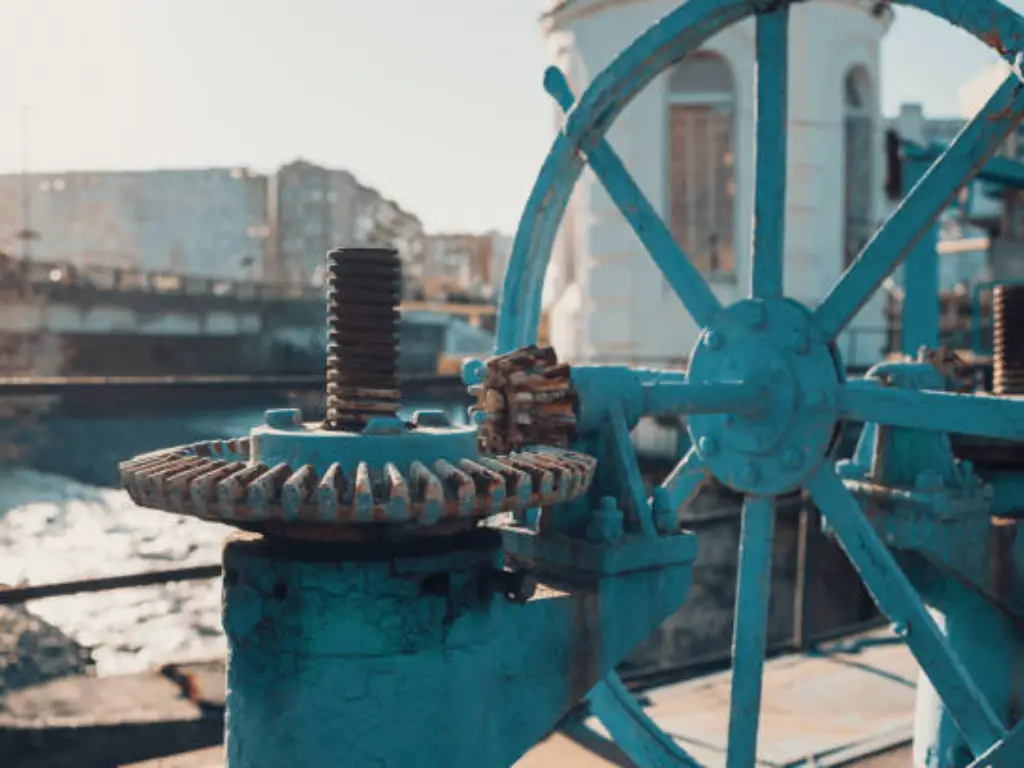
The upstream sector of the oil and gas industry has a direct impact on the economy at the regional level, the national budget, and the global market. It is through these activities that the government gets huge amounts of taxes, royalties, and production-sharing agreements to finance public services and infrastructure. Oil/gas fields are created through the construction of the actual fields and also the industries that support them such as transport, construction of service industries, and construction of roads. A lot of capital is also invested in the upstream sector which promotes technology and infrastructure. This intervention not only promotes economic development but also enhances energy security through the availability of a stable source of crude oil and natural gas. However, uncertainties such as market fluctuations, political instabilities, and environmental factors are some of the factors that may affect the stability of its economy in the future. By addressing these issues, the upstream companies will still remain relevant in sustainable development and will continue to make a huge contribution to the global economy.
Challenges Facing Aguas arriba Petróleo y gas
Geopolitical Risks
The stability of investors in the upstream industry is a matter of geopolitical risks. Turbulent politics, punitive measures, and cross-border conflicts are some of the factors that can disrupt the supply chain, alter global oil prices, or shape investment environments for oil-producing nations. Political instability may cause country-wide unrest that may lead to the shutting down of production activities or even nationalization. At times, these regions become hard places for companies to operate due to sanctions imposed by major economies that restrict market access, technology, and capital. This situation makes it challenging for firms to plan long-term investments and operations; hence they must have an effective risk management framework in place as well as diversified asset portfolios capable of containing disruptions.
Sustainability and Decarbonization Efforts
The upstream oil and gas industry is shifting towards sustainability and decarbonization as it comes under pressure from environmental concerns and changes in the regulatory environment. One of the major areas of concern is the shift to cleaner energy sources in a bid to minimize the effects of the sector on the environment. This shift also entails the use of natural gas which is cleaner than coal or oil and has lower emissions of greenhouse gases. Natural gas is marketed as a transition fuel from conventional hydrocarbon resources to renewable energy resources as it is cleaner than conventional fossil fuels as renewable energy technology and resources are being developed.
Besides natural gas, the industry is looking for other sources of energy that are renewable and incorporating them into the upstream sector. This entails purchasing technologies like solar and wind power for use in operations to cut on the use of carbon-based energy. Firms are also using carbon capture and storage (CCS) to reduce the effects of continued use of fossil energy, where emissions are captured before they are released into the atmosphere and then stored in secure geological formations.
In their sustainability strategies, upstream companies are now targeting to lower their carbon footprint and overall impact on the environment. These goals are due to the increased pressure from the legislation and the increased interest of investors and consumers in the sustainable activities of the companies. Some of the measures are increasing the efficiency of energy usage in extraction and processing, minimizing methane emissions, and optimizing water usage.
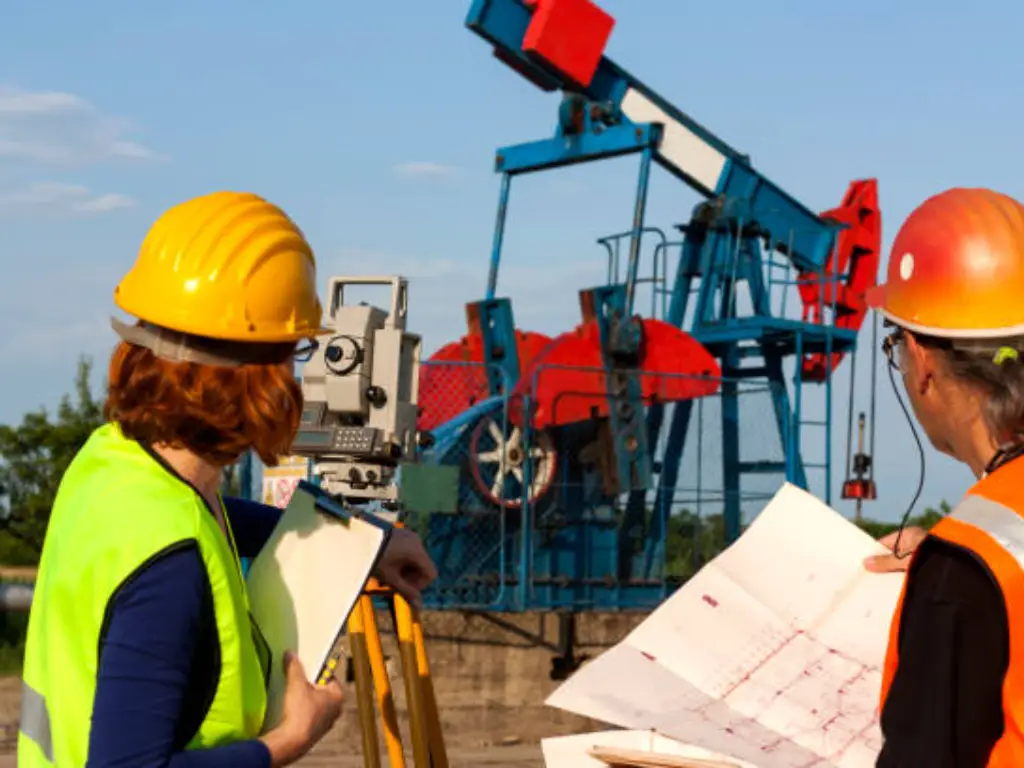
Future Trends in Upstream Oil and Gas
The upstream oil and gas industry is undergoing significant change due to shifting global energy demand, technological progress, and the shift towards renewable energy. Rising electricity demands in developing countries are boosting their economies even as there is a strong drive toward greener, cleaner fuels that can be used sustainably. This thus presents the sector with a double problem: how to satisfy the continuing appetite for oil and gas while at the same time lowering emissions of carbon dioxide.
In addressing these challenges, technology invention becomes vitally important. Artificial intelligence (AI), cloud computing, big data analytics as well and fracking serve to boost the efficiency of operations hence reducing costs when it comes to extracting natural resources. Geophysical data is now analyzed more quickly and accurately by the use of artificial intelligence (AI) and data analytics for better exploration and production decisions. Moreover, advanced drilling methods make it possible to extract resources more efficiently and with less environmental damage so that standard environmental regulations are met.
To stay competitive as the energy landscape changes to renewable energy, the upstream oil and gas sector must change too. This involves adopting cleaner energy options such as natural gas that can serve as a bridge fuel in the transition to a low-carbon future. Carbon capture and storage (CCS) technologies are also being invested in by companies alongside increasing their energy efficiency thus reducing their environmental impact.
Conclusion and Outlook
The upstream oil and gas industry is a dynamic and intricate market that is essential for the world’s energy supply chain. As the globe moves towards clean energies, however, it will be important for the upstream sector of the industry to innovate and adapt to meet future energy needs while mitigating its environmental impact. With evolving market dynamics, technological advancements, and growing environmental consciousness, sustainability will determine how well upstream oil and gas can balance between production of energy with efficiency.
Empowering Your Oil and Gas Operations with DomBor Valves
Make your upstream oil and gas projects effective and safe using the modern industrial valve solutions by DomBor Valve. We offer full valve solutions for refining, petrochemicals, and LNG among others having a history of innovation in this field dating back to twenty years now. We supply butterfly valves, ball valves, gate valves, and check valves that are suitable for different environments thereby allowing non-leakage processes of operations. For dependable, long-lasting, and high-performance valves that fit into your industry, consider partnering with us at DomBor Valve. Give us a call today to get free samples and feel the difference in your business!









